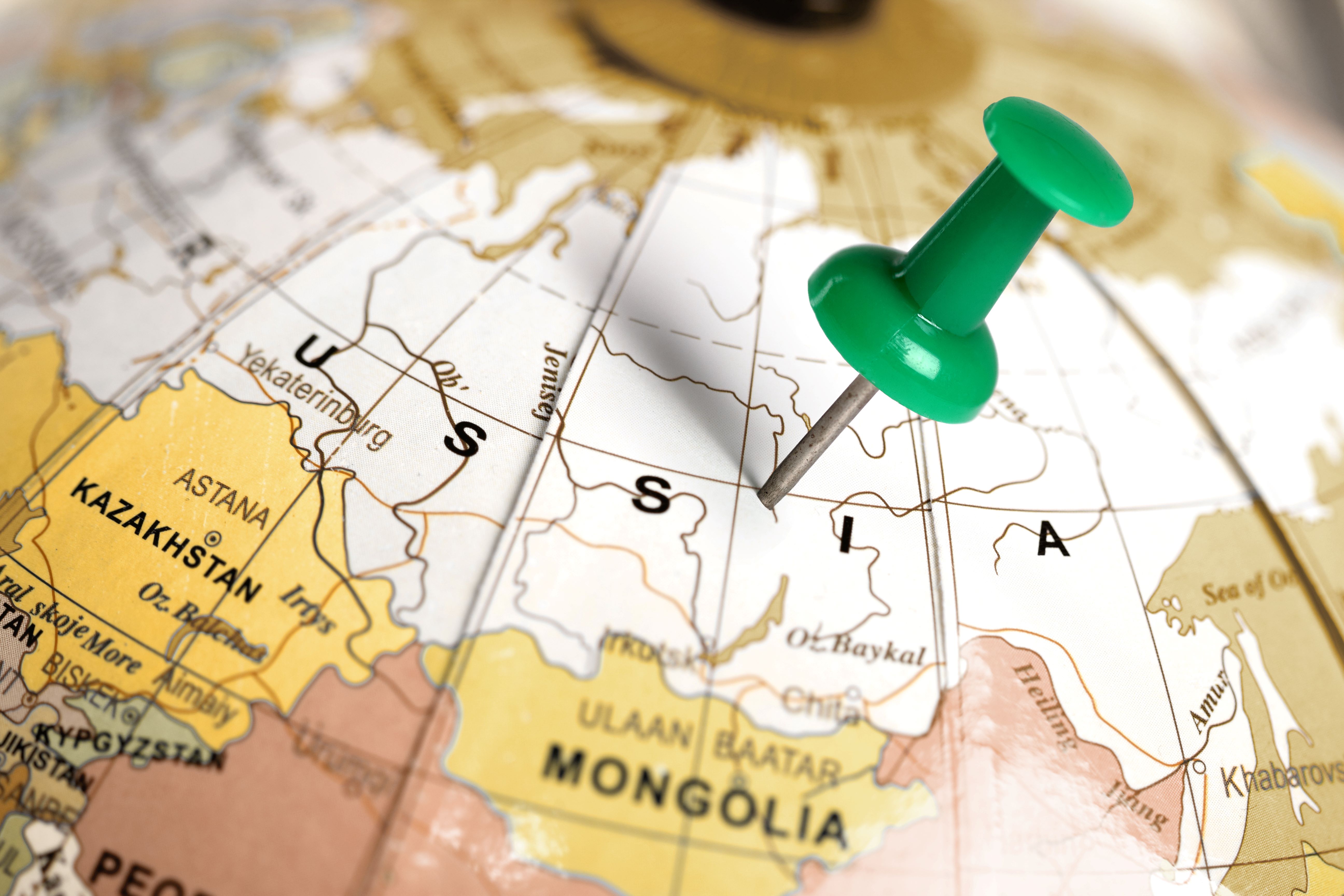
As the war in Ukraine continues to rage, Russia has adapted to Western sanctions by trading heavily with China and India. With some suggesting that sanctions aren’t having the desired effect – and not all Western companies committing to complying them – there is increased pressure from some countries, such as Poland, for tighter enforcement.
The IOE&IT Daily Update here gives a summary of the latest trade developments regarding Russia.
Advanced manufacturing alternative
China has seen a major boost in its exports to Russia of a particular type of advanced machine tool following the latter’s invasion of Ukraine, the FT reported this week.
The computer numerical control (CNC) devices, which are used in military manufacturing by Russia, were shipped to the country by China at a value of $68m in July alone, according to Russian customs returns.
Speaking to the FT, assistant professor and coordinator of the Military Transformations Programme at Singapore’s S Rajaratnam School of International Studies, Michael Raska, said that “Russia has been cut off from importing European machinery” and that it therefore “has no choice but to rely on China”.
Russia now imports 57% of the devices from China; the number was 12% prior to the Ukrainian invasion.
Customs returns also show that Russia continues to import large volumes of the machinery, that are crucial to military-grade metal milling processes, from other Asian nations such as South Korea.
Sanctions booster
The EU launched a fresh wave of sanctions against Russia last month, including a long-mooted ban on the export or import of Russian diamonds, including both natural and synthetic diamonds for all non-industrial purposes.
The sanctions also expand the list of goods that are restricted under the bloc’s programme of import-export controls. They add chemicals, unmanned aerial vehicles (UAVs) and lithium batteries to the list in an effort to limit Russia’s defence manufacturing capabilities.
There is also a new ban on imports of liquefied propane (LPG), subject to a 12-month transitional period.
Oil be there
The EU isn’t the only region instituting new restrictions on trade with Russia, as the UK last month expanded its sanctions programme to include bans on more varieties of Russian metal, while explaining that it is introducing legislation for its own ban on Russian diamonds.
The UK is also working to enhance measures aimed at limiting companies from shipping Russian oil by introducing new rules that require companies to provide documented proof that they are abiding by a G7 price cap introduced in 2022, according to the FT. These companies were previously able to ship with only verbal assurances of compliance.
The US is introducing similar requirements to help ensure the cap is effective – something that has been in doubt following the publication of the report, shared with Politico, that said it had shown only “limited” effectiveness owing to “inadequate monitoring and enforcement”, in the words of Isaac Levi of the Centre for Research on Energy and Clean Air (CREA).
Bloomberg highlighted last month how Russia’s oil exports are riding higher now than before the country’s invasion of Ukraine, and it also reported this week that Russian oil flows are at their highest rates since July.
Battle for the coal of the nation
The Russia-China relationship hasn’t been entirely rosy, according to another story from Bloomberg, with China reinstituting levies on imports of Russian coal.
The return of the tariffs, following their removal in 2022, comes after a record year for Chinese imports of Russian coal in 2023, but the Chinese government appears now to be focused on protecting its domestic mining firms as overproduction threatens prices.
Monthly Russian sales of coal to China have been falling since a peak in June, something likely to be accelerated by the return of tariffs. These duties are not shared by rival producers Australia and Indonesia, due to the FTAs these countries have with China.



